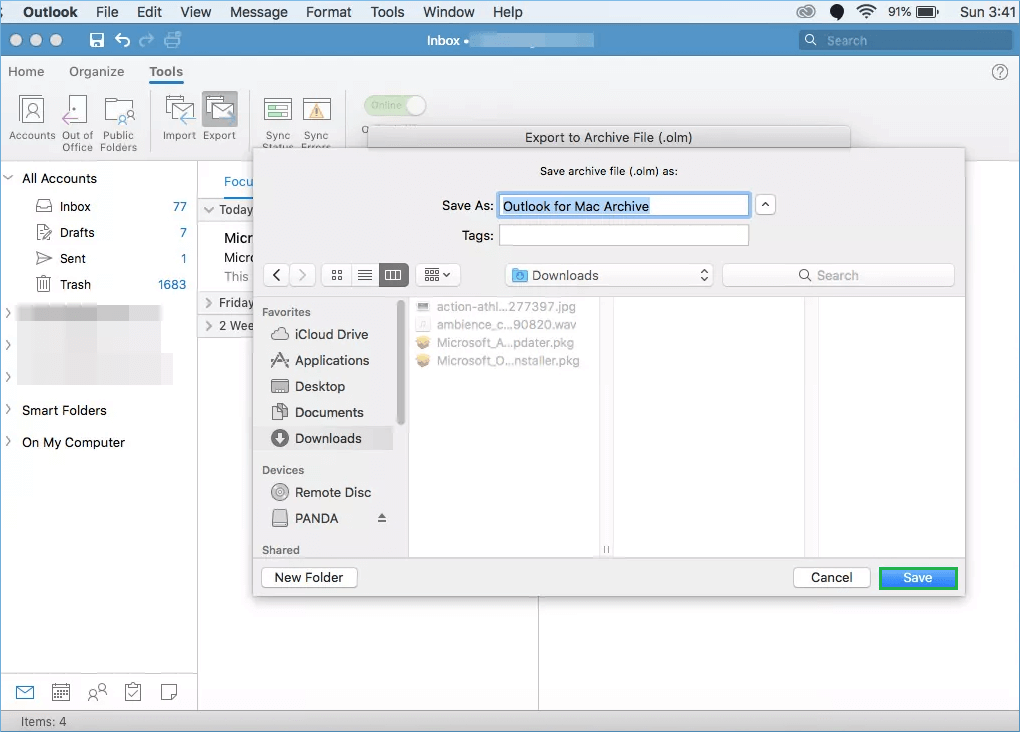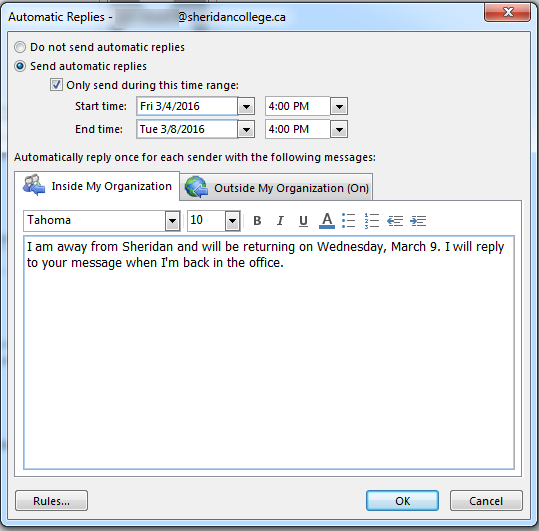

- Identity location outlook 2016 for mac how to#
- Identity location outlook 2016 for mac for mac#
- Identity location outlook 2016 for mac archive#
With nk2edit I get similar results, modify the file with outlook closed, open outlook it seems to work, close outlook and the changes I've made revert back to the old copy. If I then replace it with a "completed" copy it may initially work but when I close outlook again it writes back the nearly empty copy.

With outlook open, adding an entry (my email) initially starts the autocomplete list, however it doesn't make the roamcache file until I close outlook. The Outlook Profile Manager (Microsoft Database Utility) allows you to create new profiles, delete.
Identity location outlook 2016 for mac how to#
Here’s how to add a new account or profile in Outlook 2016.
Identity location outlook 2016 for mac for mac#
I've had very inconsistent results, but let me detail some of the issues: So if I'm doing the rename trick I always make a copy of the source, because as you noted it sometimes gets "corrupted" or plain reverted back to the almost empty list. NOTE: Outlook 2011 for Mac, profiles were called identities. If you’re finding that Outlook 2016 is crashing or freezing every time you try to send mail or Outlook 2016 for Mac won’t send email, then the easiest solution is simply to create a second identical Outlook account and then delete the first one. The following table lists the label for each feature. I can't find any Microsoft information on this but I didn't look too hard, what I really want is an explanation of what happens with this file. In the Outlook for Mac log collected for Outlook for Mac 2011 and Outlook 2016 for Mac through version 15.11.2, each entry has a name that identifies the feature that is being logged. Outlook 2011 for Mac: /Users/username/Documents/Microsoft User Data/Office 2011 Identities/Main Identity Outlook 2016 for Mac: Users/username/Library/Group. Do one of the following: To Do this Create a new profile. Open Contents > SharedSupport, and then launch Outlook Profile Manager. olm file on your Mac, and then click Import.
Identity location outlook 2016 for mac archive#
In the Import box, select Outlook for Mac archive file (.olm) > Continue. In Outlook for Mac 2016, on the Tools tab, choose Import. Ctrl+click or right-click Microsoft Outlook, and then select Show Package Contents. If moving from one Mac to another, transfer the. Make Sure that the Outlook Profile (or Identity) folder or one of its parent folders is not added to the. You can only switch between profiles in Outlook profile manager.Diane, After dealing with this in Outlook 2016 for a few months, I've come to the conclusion the file isn't getting corrupted but it has another copy inside the PST file. From Finder, open the Applications folder. Outlook 2016 for Mac default Profile Location.

Note: it is not possible to configure Outlook 2016 for Mac to prompt for a profile to be used during startup. You must restart Outlook for the changes to take effect.

This issue doesn’t impact old Outlook 2011 application it works without issue.


 0 kommentar(er)
0 kommentar(er)
